- Home Page
- Company Profile
-
Our Products
- Dust Collector
- Dust Collection System
- Compact Dust Collector
- Portable Dust Collection Unit
- Multiple Bag Dust Collector
- Panel Saw Dust Collector
- Cartridge Dust Collector
- Portable Dust Collector
- Dust Collecting Equipment
- Woodworking Dust Collector
- Sanding Dust Collector
- Vertical Bag Dust Collector
- Dust Control Equipment
- Single Phase Vertical Bag Dust Collector
- Air Blower
- Fume Extractor
- Solder Fume Extractor
- Portable Fume Extractor
- Portable Fume Extraction Unit
- Laser Fume Extractor
- Soldering Fume Extractor
- Portable Fume Extractor With Flexible Hose
- Portable Welding Fume Extractor With Suction Arm
- Smoke Extractor
- Welding Fume Extractor
- Mobile Fume Extractor
- Portable Welding Fume Extractor
- Portable Fume Extractor Unit
- Industrial Fume Extractor
- Centrifugal Fan
- Single Inlet Centrifugal Fan
- Centrifugal Duct Fan
- Inline Centrifugal Fans
- Centrifugal Air Fan
- PP Centrifugal Fan
- Centrifugal Belt Drive Fan
- Cabinet Centrifugal Fan
- Portable Centrifugal Fan
- Direct Drive Centrifugal Fan
- Electric Centrifugal Fan
- High Speed Centrifugal Fan
- DIDW Centrifugal Fan
- Belt Driven Centrifugal Fan
- High Pressure Centrifugal Fan
- Direct Drive Centrifugal Fans
- Axial Flow Fan
- Blower Fan
- Cooling Fans
- Man Coolers
- Exhaust Fan
- Centrifugal Blowers
- Curved Impeller
- Industrial Blowers
- Axial Fans
- Ventilation Fan
- Inline Cabinet Fan
- Bifurcated Fans
- Duct Fans
- Cabinet Inline Fan
- Degasser Blower
- Turbo Blowers
- Blower Wheel
- Air Pollution Control Device
- Smoke Filtration System
- Induced Draft Fan
- Suction Blower
- Dust Collector
- More Info.
- Contact Us
High Pressure Blower Fan
12000 INR/Pair
Product Details:
- Power Source Electrical
- Color White
- Material Stainless Steel
- Remote Operated Yes
- Warranty 1 Year
- Click to View more
X
High Pressure Blower Fan Price And Quantity
- 12000 INR/Pair
- 1 Pair
High Pressure Blower Fan Product Specifications
- White
- 1 Year
- Electrical
- Yes
- Stainless Steel
High Pressure Blower Fan Trade Information
- 1000 Pair Per Month
- 7 Days
Product Description
A high pressure blower fan, also known as a centrifugal fan, is a mechanical device that uses blades or impellers to move air or gas in a specific direction. It works by creating a high-pressure area in the center of the fan, which draws air or gas in through the inlet and expels it out through the outlet.
Blower fans are commonly used in heating, ventilation, and air conditioning (HVAC) systems, as well as in industrial processes such as drying, dust collection, and combustion air supply. They can also be found in various consumer products such as hair dryers, vacuum cleaners, and computer cooling systems.
Blower fans come in different sizes and shapes, depending on the application and the airflow requirements. They can be designed to operate at different speeds and with different power sources such as electric motors, gasoline engines, or steam turbines. Additionally, some blower fans can be equipped with additional features such as filters, sound baffles, and speed controllers.
High Pressure Blower Fan Features:
Blower fans come with various features that make them suitable for different applications. Here are some common features of blower fans:
1. Airflow rate: The airflow rate determines how much air the blower fan can move in a given amount of time. It's usually measured in cubic feet per minute (CFM) or cubic meters per hour (CMH). The airflow rate of a blower fan depends on its size, speed, and the design of its blades or impellers.
2. Speed control: Many blower fans come with speed controllers that allow the user to adjust the fan speed to meet their airflow needs. This can be useful when trying to balance noise level and airflow rate.
3. Power source: Blower fans can be powered by different sources such as electricity, gasoline, or steam. The choice of power source depends on the application and the availability of the power source.
4. Noise level: Some blower fans come with sound baffles or other noise-reducing features that reduce the noise level produced by the fan. This can be important in applications where noise levels need to be kept low.
5. Size and shape: Blower fans come in different sizes and shapes to fit various applications. The size of the fan affects its airflow rate and power consumption, while the shape of the fan can impact its efficiency and noise level.
6. Material and durability: Blower fans can be made from different materials such as plastic, aluminum, or steel. The choice of material depends on the application and the environment in which the fan will be used. Blower fans used in harsh environments may need to be made from more durable materials to withstand the conditions.
High Pressure Blower Fan Applications:
Blower fans have a wide range of applications in various industries and consumer products. Here are some common applications of blower fans:
1. HVAC systems: Blower fans are commonly used in heating, ventilation, and air conditioning (HVAC) systems to circulate air throughout buildings.
2. Industrial processes: Blower fans are used in various industrial processes such as drying, cooling, combustion air supply, and dust collection.
3. Automotive industry: Blower fans are used in cars and other vehicles to provide ventilation and air conditioning.
4. Consumer products: Blower fans are used in various consumer products such as hair dryers, vacuum cleaners, and computer cooling systems.
5. Agriculture: Blower fans are used in agriculture for ventilation in livestock buildings and in grain drying.
6. Mining: Blower fans are used in mining to provide ventilation and dust control.
7. Aerospace: Blower fans are used in aerospace to provide ventilation and cooling in aircraft cabins.
8. Marine industry: Blower fans are used in marine vessels for ventilation and cooling.
9. Water treatment: Blower fans are used in water treatment plants for aeration and mixing.
10. Laboratories: Blower fans are used in laboratories for ventilation and fume extraction.
Frequently Asked Questions:
1. What is the difference between a blower fan and an axial fan?
Ans: Blower fans are designed to move air or gas in a specific direction, while axial fans are designed to move air parallel to the axis of rotation. Blower fans are generally better suited for applications that require higher pressure, while axial fans are better suited for applications that require higher airflow rates.
2. How do I choose the right blower fan for my application?
Ans: To choose the right blower fan, you need to consider factors such as airflow rate, pressure, noise level, power consumption, and the environment in which the fan will be used. You should also consider the size and shape of the fan, the type of motor, and any additional features such as speed control.
3. Can blower fans be used to move gases other than air?
Ans: Yes, blower fans can be used to move gases other than air, such as flue gas, steam, and other industrial gases. However, the fan must be designed to handle the specific gas being moved, as different gases have different properties that can affect the fan's performance.
4. How do I maintain my blower fan?
Ans: To maintain your blower fan, you should regularly clean or replace the air filters, lubricate the motor bearings, and check for any signs of wear or damage. You should also inspect the fan blades or impellers for damage or buildup of dirt or debris. Regular maintenance can help prolong the life of the fan and ensure that it operates at peak performance.
5. Can blower fans be used in explosive environments?
Ans: Blower fans can be designed for use in explosive environments by incorporating features such as explosion-proof motors and spark-resistant components. These fans are commonly used in chemical plants, oil refineries, and other hazardous locations where there is a risk of fire or explosion.
Tell us about your requirement

Price:
Quantity
Select Unit
- 50
- 100
- 200
- 250
- 500
- 1000+
Additional detail
Mobile number
Email

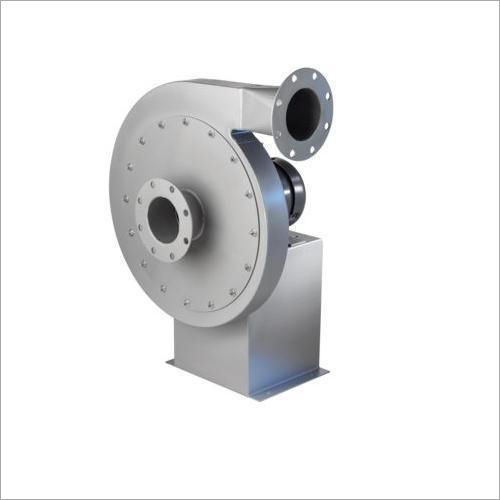
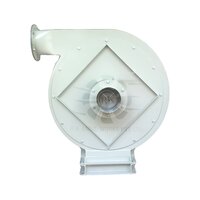
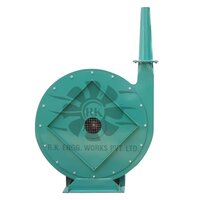
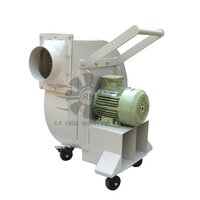







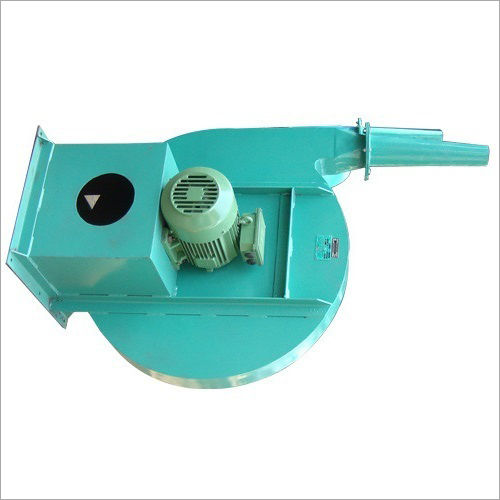
 Send Inquiry
Send Inquiry Send SMS
Send SMS Call Me Free
Call Me Free
